Malaysia Airlines :

Logo

Malaysia Airlines Airbus A350-900
Malaysia Airlines (Malay: Penerbangan Malaysia) is the flag carrier of Malaysia, headquartered at Kuala Lumpur International Airport. The airline flies to destinations across Europe, Oceania and Asia from its main hub at Kuala Lumpur International Airport. It was formerly known as Malaysian Airline System (Malay: Sistem Penerbangan Malaysia).
Malaysia Airlines is a part of Malaysia Aviation Group, which also owns two subsidiary airlines: Firefly and MASwings. Malaysia Airlines also owns a freighter division: MASkargo and the religious charter subsidiary, Amal.
Malaysia Airlines traces its history to Malayan Airways Limited, which was founded in Singapore in the 1930s and flew its first commercial flight in 1947. It was then renamed as Malaysian Airways after the formation of the independent country, Malaysia, in 1963. In 1966, after the separation of Singapore, the airline was renamed Malaysia–Singapore Airlines (MSA), before its assets were divided in 1972 to permanently form two separate and distinct national airlines—Malaysian Airline System (MAS, since renamed as Malaysia Airlines) and Singapore Airlines (SIA).
Despite numerous awards from the aviation industry in the 2000s and early 2010s, the airline struggled to cut costs to cope with the rise of low-cost carriers (LCCs) in the region since the early 2000s. In 2013, the airline initiated a turnaround plan after large losses beginning in 2011 and cut routes to unprofitable long-haul destinations, such as Los Angeles, Buenos Aires and South Africa. That same year, Malaysia Airlines also began an internal restructuring and intended to sell units such as engineering and pilot training. From 2014 to 2015, the airline declared bankruptcy and was renationalised by the government under a new entity, which involved transferring all operations, including assets and liabilities as well as downsizing the airline.
Boeing B777 :

Logo

The first Boeing 777 built, 777-200 B-HNL, in 2011 with then-owner Cathay Pacific
The Boeing 777, commonly referred to as the Triple Seven, is an American long-range wide-body airliner developed and manufactured by Boeing Commercial Airplanes. The 777 is the world's largest twinjet and the most-built wide-body airliner. The jetliner was designed to bridge the gap between Boeing's other wide body airplanes, the twin-engined 767 and quad-engined 747, and to replace aging DC-10 and L-1011 trijets. Developed in consultation with eight major airlines, the 777 program was launched in October 1990, with an order from United Airlines. The prototype aircraft rolled out in April 1994, and first flew that June. The 777 entered service with the launch operator United Airlines in June 1995. Longer-range variants were launched in 2000, and first delivered in 2004. Over 2,300 Boeing 777 aircraft have been ordered, with over 70 operators worldwide.
The Triple Seven can accommodate a ten–abreast seating layout and has a typical 3-class capacity of 301 to 368 passengers, with a range of 5,240 to 8,555 nautical miles [nmi] (9,700 to 15,840 km; 6,030 to 9,840 mi). The jetliner is recognizable for its large-diameter turbofan engines, raked wingtips, six wheels on each main landing gear, fully circular fuselage cross-section, and a blade-shaped tail cone. The 777 became the first Boeing airliner to use fly-by-wire controls and to apply a carbon composite structure in the tailplanes.
The original 777 with a maximum takeoff weight (MTOW) of 545,000–660,000 lb (247–299 t) was produced in two fuselage lengths: the initial 777-200 was followed by the extended-range -200ER in 1997; and the 33.25 ft (10.13 m) longer 777-300 in 1998. These have since been known as 777 Classics and were powered by 77,200–98,000 lbf (343–436 kN) General Electric GE90, Pratt & Whitney PW4000, or Rolls-Royce Trent 800 engines. The extended-range 777-300ER, with a MTOW of 700,000–775,000 lb (318–352 t), entered service in 2004, the longer-range 777-200LR in 2006, and the 777F freighter in 2009. These second-generation 777 variants have extended raked wingtips and are powered exclusively by 110,000–115,300 lbf (489–513 kN) GE90 engines. In November 2013, Boeing announced the development of the third generation 777X (variants include the 777-8, 777-9, and 777-8F), featuring composite wings with folding wingtips and General Electric GE9X engines, and slated for first deliveries in 2027.
As of 2018, Emirates was the largest operator with a fleet of 163 aircraft. As of August 2025, more than 60 customers have placed orders for 2,396 777s across all variants, of which 1,767 have been delivered. This makes the 777 the best-selling wide-body airliner, while its best-selling variant is the 777-300ER with 833 delivered. The airliner initially competed with the Airbus A340 and McDonnell Douglas MD-11; since 2015, it has mainly competed with the Airbus A350. First-generation 777-200 variants are to be supplanted by Boeing's 787 Dreamliner. As of May 2024, the 777 has been involved in 31 aviation accidents and incidents, including five hull loss accidents out of eight total hull losses with 542 fatalities including 3 ground casualties.
The 200ER Variants :

The 777-200ER entered service in February 1997 with launch operator British Airways
The B-market 777-200ER ("ER" for Extended Range), originally known as the 777-200IGW (increased gross weight), has additional fuel capacity and an increased MTOW enabling transoceanic routes. With a 656,000 lb (298 t) MTOW and 93,700 lbf (417 kN) engines, it has a 7,065 nmi (13,084 km; 8,130 mi) range with 301 passenger seats in a three-class configuration. It was delivered first to British Airways on February 6, 1997. Thirty-three customers received 422 deliveries, with no unfilled orders as of 2019.
As of 2018, 338 examples of the -200ER are in airline service. It competed with the A340-300. Boeing proposed the 787-10 to replace it. The value of a new -200ER rose from US$110 million at service entry to US$130 million in 2007; a 2007 model 777 was selling for US$30 million ten years later, while the oldest ones had a value around US$5–6 million, depending on the remaining engine time.
The engine can be delivered de-rated with reduced engine thrust for shorter routes to lower the MTOW, reduce purchase price and landing fees (as 777-200 specifications) but can be re-rated to full standard. Singapore Airlines ordered over half of its -200ERs de-rated.
Credit :
Plane :
Idea :
Notes ( Read it ) :
-I know it , but autocredit me please , kids can upload this with flight crash in the title that's really disrespectful then don't made or changed it .
Specifications
Spotlights
- RicardoACE 4 days ago
- Zerkk 4 days ago
General Characteristics
- Created On Windows
- Wingspan 198.6ft (60.5m)
- Length 209.1ft (63.7m)
- Height 68.1ft (20.8m)
- Empty Weight N/A
- Loaded Weight 118,096lbs (53,567kg)
Performance
- Power/Weight Ratio 0.642
- Horse Power/Weight Ratio 0.025
- Wing Loading 21.3lbs/ft2 (103.9kg/m2)
- Wing Area 5,547.8ft2 (515.4m2)
- Drag Points 14282
Parts
- Number of Parts 474
- Control Surfaces 11
- Performance Cost 2,493

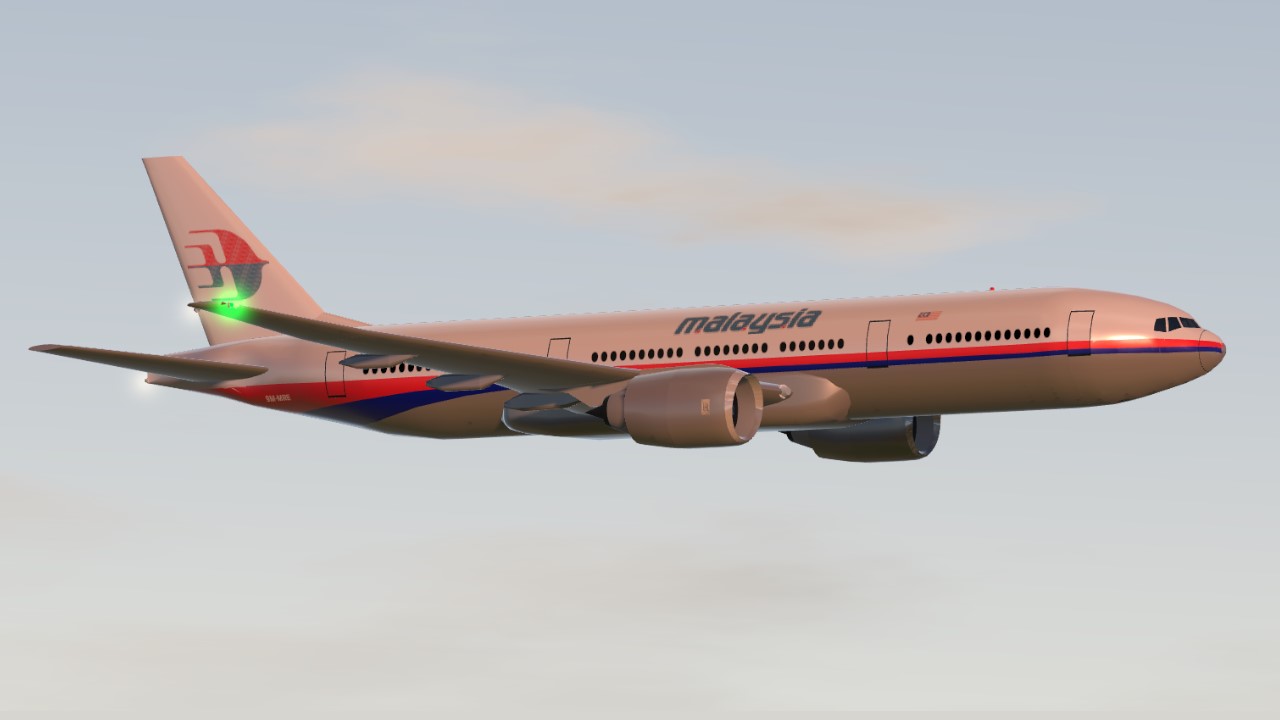
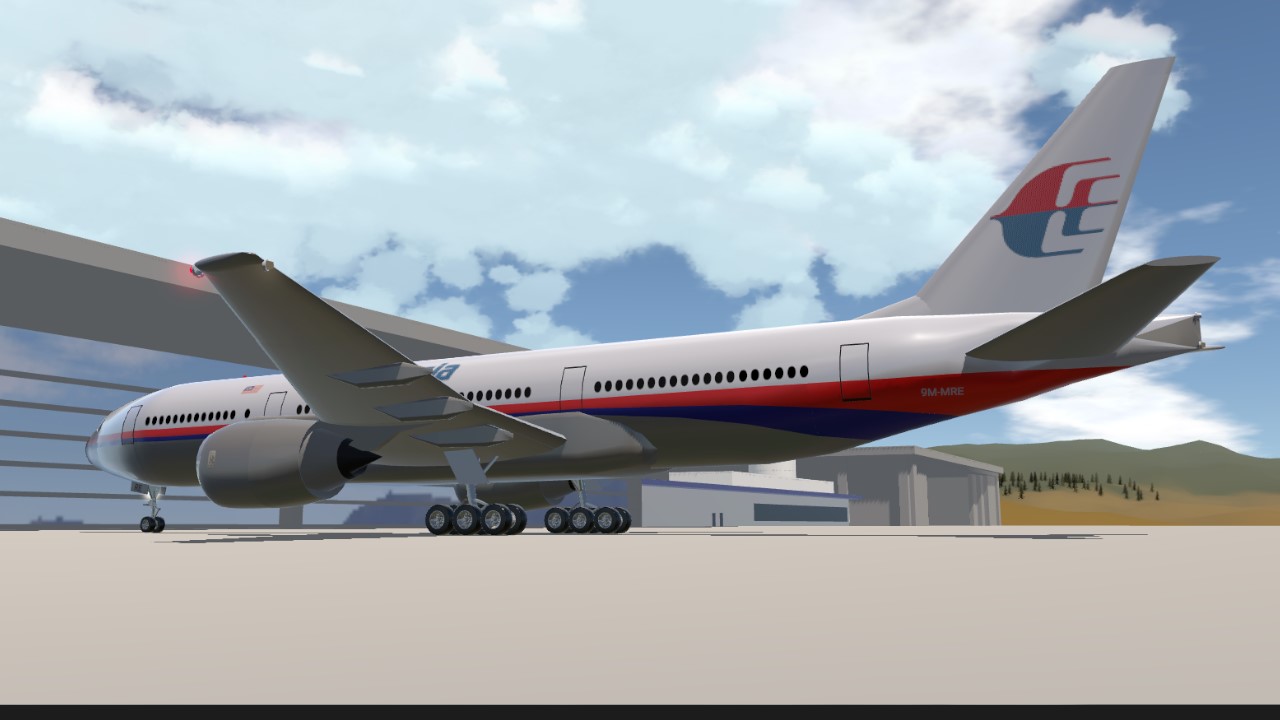
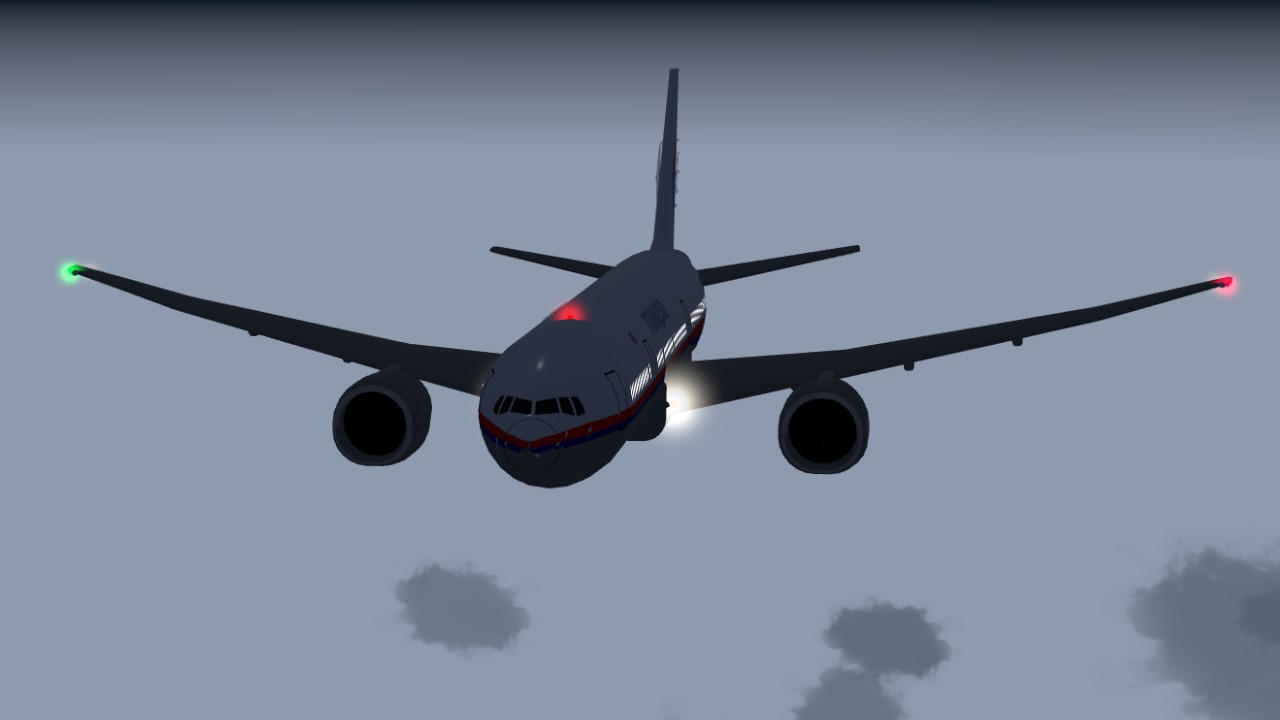
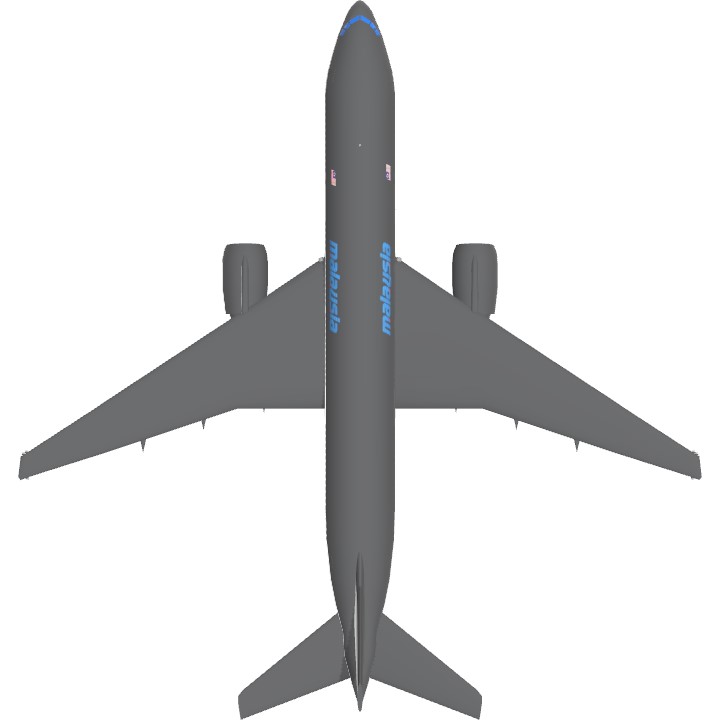
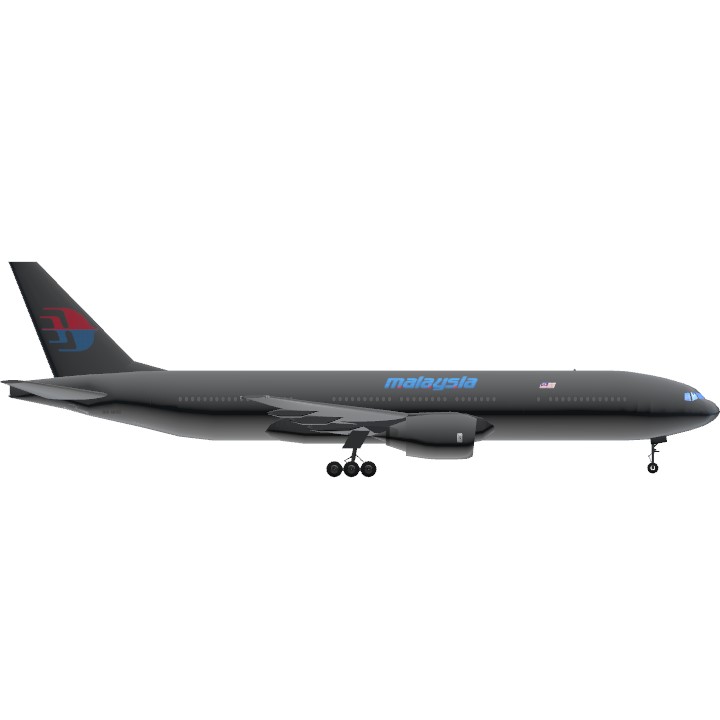
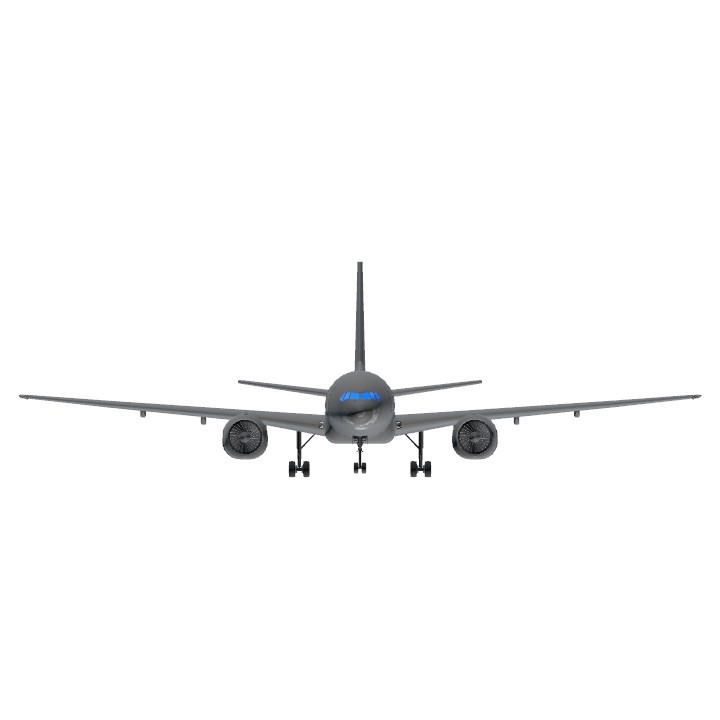
I know but if they either try hard to make it accurate or leave it low effort they will have to make the whole build disappear including the cockpit but you can't play the damn game without having the cockpit in your build 😀
it's very nice.
来了
Nicely done!